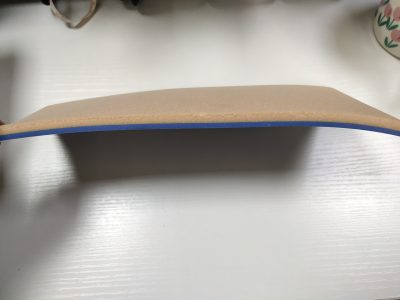
Diabetic insoles, also known as diabetic foot orthotics, are specifically designed to provide comfort, support, and protection for individuals with diabetes. These insoles play a crucial role in preventing foot complications and promoting overall foot health. In the previous article, “Specific Material Requirements For Diabetes Insoles,” we discussed the special material requirements for diabetic insoles. In this article, we will delve into the characteristics of materials commonly used in diabetic insoles.
1. Cushioning and Shock Absorption
One of the primary characteristics of materials used in diabetic insoles is their ability to provide cushioning and shock absorption. These materials are typically soft and resilient, helping to distribute pressure evenly across the foot and reduce the impact of walking or standing. This feature is essential for individuals with diabetes, as they often have reduced sensation in their feet, making them more prone to injuries.
2. Moisture Management
Diabetic insoles should incorporate moisture management properties to keep the feet dry and prevent the development of fungal infections. Moisture-wicking materials, such as breathable fabrics or moisture-absorbing foams, are commonly used in diabetic insoles. These materials help to regulate temperature and reduce excessive sweating, maintaining a healthy environment for the feet.
3. Pressure Redistribution
Individuals with diabetes often experience areas of high pressure on their feet, which can lead to the formation of ulcers or calluses. Materials used in diabetic insoles are designed to redistribute pressure away from these vulnerable areas. Viscoelastic foams or gel inserts are commonly utilized to provide targeted cushioning and alleviate pressure points, promoting better weight distribution across the foot.
4. Antibacterial and Antimicrobial Properties
To prevent infections and promote foot hygiene, materials with antibacterial and antimicrobial properties are incorporated into diabetic insoles. These materials help inhibit the growth of bacteria and fungi, reducing the risk of foot-related complications. Silver-infused fabrics or antimicrobial treatments are often utilized to provide this protective feature.
5. Durability and Longevity
Diabetic insoles should be made from durable materials that can withstand regular use and provide long-lasting support. High-quality foams, gels, or thermoplastic materials are commonly chosen for their durability and ability to maintain their shape over time. This ensures that the insoles continue to provide adequate support and cushioning, even with prolonged wear.
Conclusion:
Diabetic insoles are designed with specific characteristics to meet the unique needs of individuals with diabetes. The materials used in these insoles offer cushioning, shock absorption, moisture management, pressure redistribution, antibacterial properties, and durability. By incorporating these features, diabetic insoles aim to prevent foot complications, promote comfort, and enhance overall foot health. If you need diabetes insoles, you can continue to visit this page (https://www.aideastep.com/diabetes-insole/) and tell us your needs.
